Riparian Reforestation
TIDE and Xucaneb, a community-based organization based in San Pedro Columbia Village, have partnered since 2004 to restore riparian zones on the Columbia River, planting 4,000 trees and restoring 4 km of riverbanks.
The riparian zone of the upper Columbia River branch of the Rio Grande within San Pedro Columbia village lands have been degraded due to milpa agriculture, cattle farming improper solid waste disposal, and human activities.
The village has planted a variety of fruit and timber trees including naturally occurring riparian tree species such as the Inga species, fig (Ficus), cotton tree (Ceiba) and provision tree (Pachira aquatica). This has helped to reduce run off and erosion, sequester carbon, and preserve the food forests.
In 2015, the village planted 1,200 trees in the riparian zone. With support from TIDE, community members received stipends for planting trees and maintaining the tree nursery. TIDE helped to communicate the importance of having riparian forests.
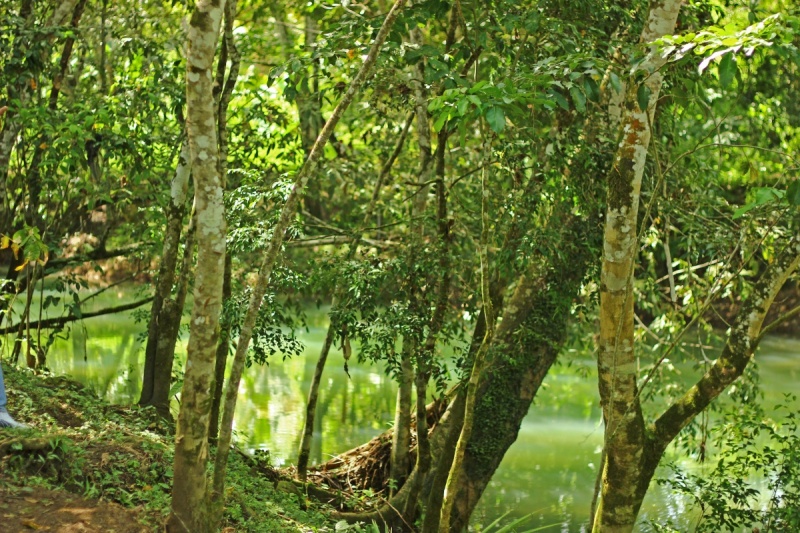
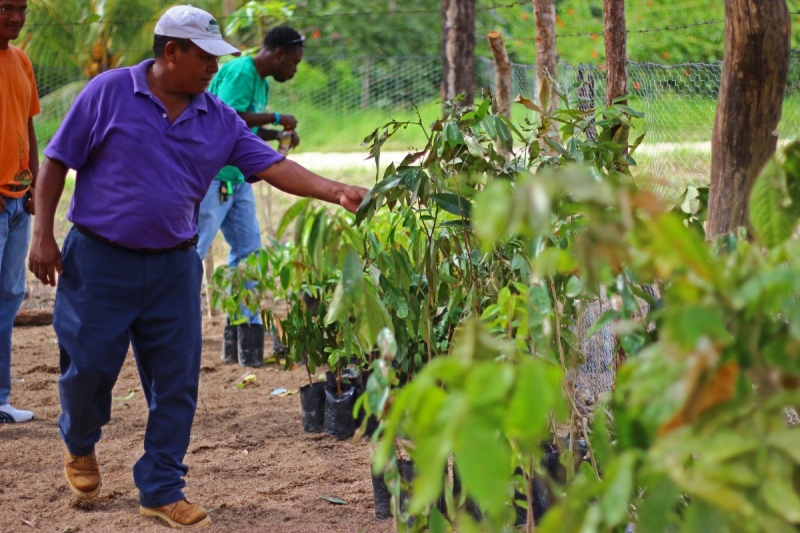
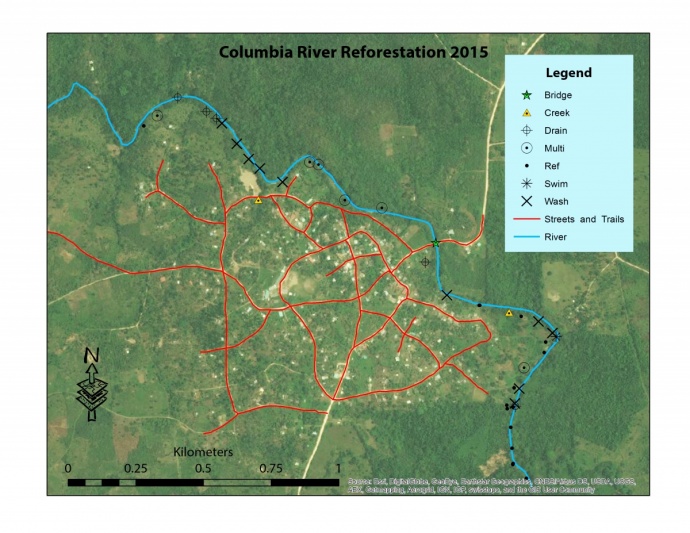
Watershed run-off is the greatest source of sediments and nutrients to the western Caribbean. It contributes 300 times as much sediment and 5.5 times as much nitrogen and phosphorous as domestic and industrial waste combined. The Maya Mountain Massif, while contributing relatively little sediment or nutrient at present, has been identified as an area extremely vulnerable to soil erosion.
Forest conversion should especially be avoided in riparian zones because of their ability to filter pollution, stabilize banks, and prevent erosion. Unfortunately, forest conversion is still taking place. Although Belizean law prohibits clearing of vegetation within 66 ft of rivers, this law is rarely enforced and there has been extensive deforestation along the Rio Grande and its tributaries in the Maya Mountains.
Riparian forests along the upper reaches of the Rio Grande – including its two main tributaries, the Columbia River and the San Miguel Branch – have been degraded through a combination of farming and natural distasters. Maya farmers in Toledo typically clear riverside trees but leave useful species, such as fig, as well as the culturally important ceiba. However, in 2001, Hurricane Iris destroyed large swathes of forests, including trees that had been spared by farmers. Re-growth has been prevented in many areas by famers using the land for milpa agriculture or grazing cattle.
In areas where riparian buffers have been cleared, riverbanks are eroding. In 2012, nitrate levels in the Rio Grande were between 0.2 and 0.5 mgl-1, indicative of a mesotrophic aquatic environment suggesting that fertilizer run-off is beginning to impact the river. Reforesting riverbanks in the upper reaches of the Rio Grande helps to protect the quality of freshwater resources used by >4,000 people and ultimately feeds into the Mesoamerican Reef System.
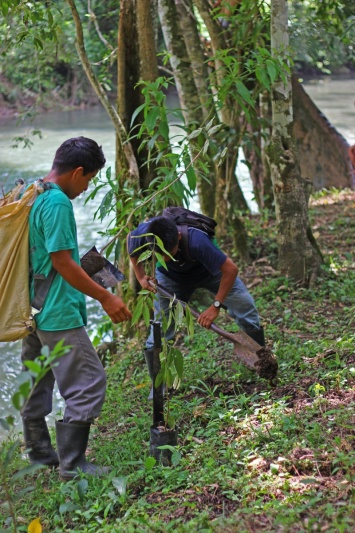
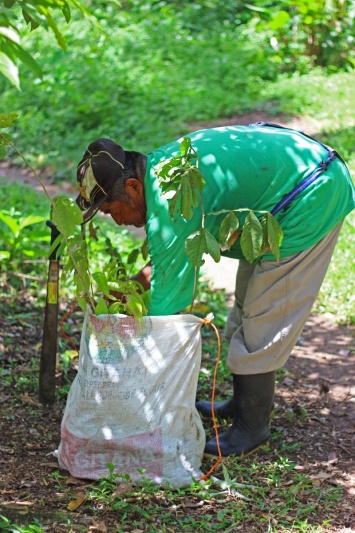
Paid by TIDE, each group member earned a stipend of BZ $50.00 per day. Through community participation in this project there was an increase in awareness of the importance of riparian forests and ultimately a change in attitude and farming practices.
